A gift to the museum. In memory of Yuri Rybchinsky

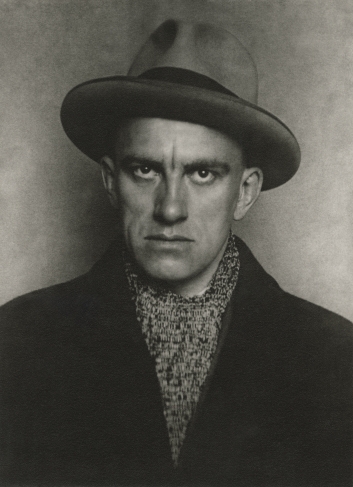
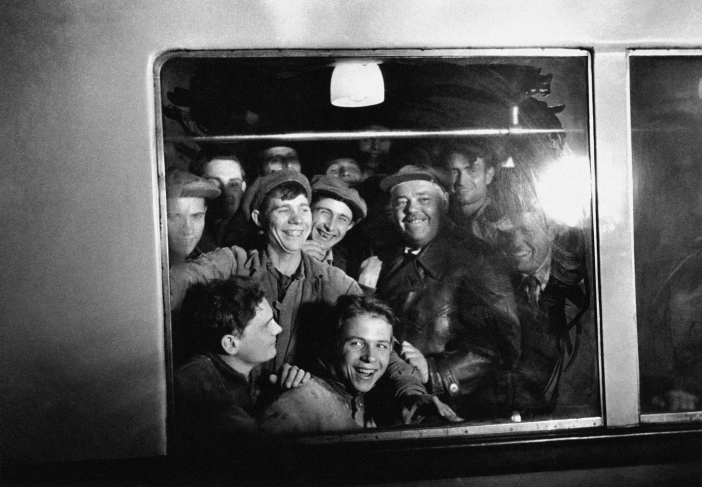
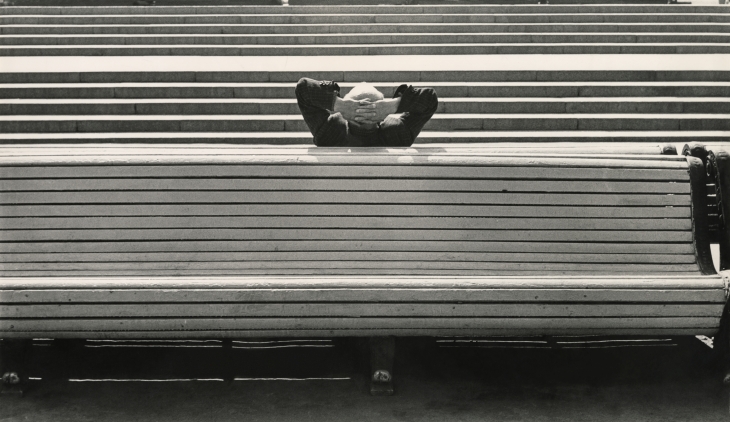
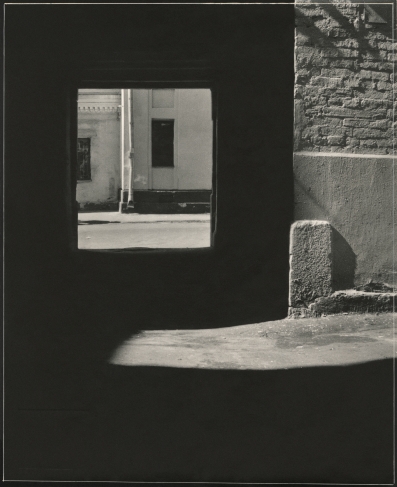
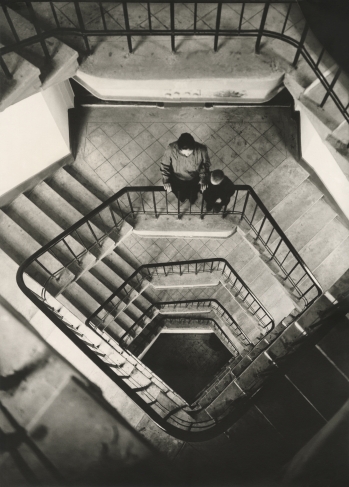
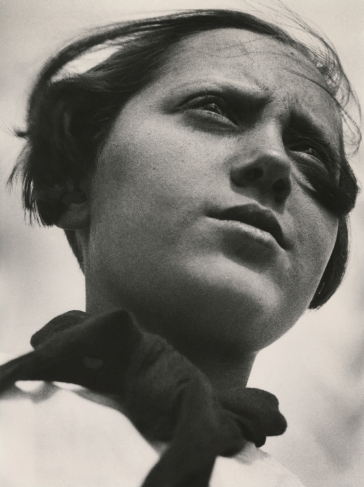

Alexander Rodchenko. Gymnastics. Lefortovo Student Village. Moscow. 1932. Silver gelatin print. MAMM collection
Alexander Rodchenko. Vladimir Mayakovsky. 1924 Silver gelatin print. MAMM сollection
Ivan Shagin. The first metro passengers are metro builders. Moscow. 1935. Silver gelatin print. MAMM collection
Alexander Slyusarev. Bench. 1962/ Silver gelatin print. MAMM collection
Alexander Lapin. Street. Early 1980s. Silver gelatin print. MAMM collection
Arkady Shaikhet. Staircase from above. New houses in Usachovka. Moscow. 1928 Silver gelatin print. MAMM collection
Alexander Rodchenko. Pioneer girl. 1930 Silver gelatin print. MAMM collection
Boris Savelev. Tram driver. Leningrad. 1979. Silver gelatin print. MAMM collection
Moscow, 13.04—28.07.2024
exhibition is over
Share with friends
For the press
A GIFT TO THE MUSEUM. IN MEMORY OF YURI RYBCHINSKY
Curators: Anna Zaitseva, Maria Lavrova
The Multimedia Art Museum, Moscow, presents the exhibition ‘A Gift to the Museum. In Memory of Yuri Rybchinsky’.
In 2023 Yuri Rybchinsky, a remarkable photographer and person, passed away. He was born in Berdyansk (Ukrainian SSR). In 1959 he graduated from the Geology Prospecting Faculty of the Moscow Institute of Non-Ferrous Metals and Gold. From 1960 to 1962 he was a freelance literary correspondent for APN (RIA Novosti), the Komsomolskaya Pravda newspaper and Smena magazine. Subsequently, from 1962 to 1976, he worked as a literary contributor and then photojournalist for the Soviet Union magazine.
Yuri Rybchinsky came to photography in the late 1960s. At that time amateur photography was a favourite hobby of many people in the Soviet Union. Technology was inexpensive and accessible, and the camera provided an opportunity for individual self-expression, which was still lacking in everyday life.
In the mid-1970s Yuri Rybchinsky left the prestigious magazine Soviet Union, and journalism in general. He began working as a stoker in a boiler room, while devoting his free time to photography and literary creativity. In the stagnant 1970s many writers and artists went to work as yard keepers and stokers. The poet Andrei Voznesensky even described this social phenomenon in one of his poems: “There’s tremendous competition for the post of janitor – the muses are carried on a broom!”
By the mid-1980s, in the era of perestroika, the creative intelligentsia had already left their janitors’ lodges and boiler rooms: the work and creativity of these people was in demand by society. But Rybchinsky always lived, acted and created according to his own rules...
Despite the desire to focus on his own creativity, in the 1980s he got acquainted with the Moscow artistic, literary and photographic underground and became a collector.
The passion for collecting overwhelms a person as unexpectedly as love. Good collections do not always require large financial investments. In the late 1980s to early 1990s Yuri Rybchinsky started a photographic collection, together with the photographer Eduard Gladkov. At this time the art market was just emerging in Russia and there was practically no market for photography, although there were excellent photographers: Sergei Borisov, Valery Shchekoldin, Alexander Slyusarev, Sergei Chilikov, Alexei Shulgin, Nikolai Bakharev, Vladimir Sokolaev, Boris Savelev, Andrei Bezukladnikov, Alexander Lapin, Igor Mukhin, Boris Mikhailov, and others. Sometimes Yuri Rybchinsky and Eduard Gladkov exchanged works with these authors, now classic masters of Russian photography. Sometimes photographs were bought for a symbolic price, but often they were presented as gifts. The authors were not in demand in the print media, in galleries or museums, and felt glad someone could collect, love, appreciate and understand their work.
In 1993 Yuri Rybchinsky and Eduard Gladkov announced the creation of their Museum of Photographic Collections – a non-state foundation that began targeted work on collecting, storing and promoting the Russian photographic heritage. The collection was replenished with works by classics of the Soviet photo avant-garde, from Alexander Rodchenko, Boris Ignatovich, Arkady Shaikhet, etc.
Yuri Rybchinsky and Eduard Gladkov began organising photo exhibitions, which required not only time and effort, but also money – at least to frame the works.
By the mid-2000s developing the collection and popularising it had become more difficult, not least because state museums of photography appeared in the country, including our own museum, along with photo galleries and a market for photography.
In 2006 MAMM held the first exhibition of selected works from the collection of Yuri Rybchinsky and Eduard Gladkov, also publishing the book ‘Photo Relay. From Rodchenko to the Present Day’, for which Yuri Rybchinsky acted as compiler and research consultant. In 2007 more than 2000 works from this collection were donated to our museum by Yuri Rybchinsky, with the consent of Eduard Gladkov.
With the exhibition ‘A Gift to the Museum. In Memory of Yuri Rybchinsky’ we pay tribute to the wonderful photographer who donated his creative heritage to the museum, including thousands of negatives. In 2008 and 2020, MAMM held two personal shows by Yuri Rybchinsky.
This exhibition is both a tribute and expression of gratitude to all the collectors whose donations develop the funds of a wide variety of museums: art, history, local history...
Relatively speaking, museums as art institutions have appeared quite recently. The largest of them were formed on the basis of private collections. In Russia these are the State Hermitage Museum, the State Tretyakov Gallery, the State Historical Museum, etc. These museum funds are priceless. Without them there is no history of art, and without the history of art there is no culture.
The role of collectors such as Shchukin and Morozov who discover famous names, who recognise talent before the specialists and the mass audience, who support contemporary artists with their attention and purchases, and then transfer their collections to museums, cannot be overestimated. The names of collectors remain in art history, along with the names of artists.


